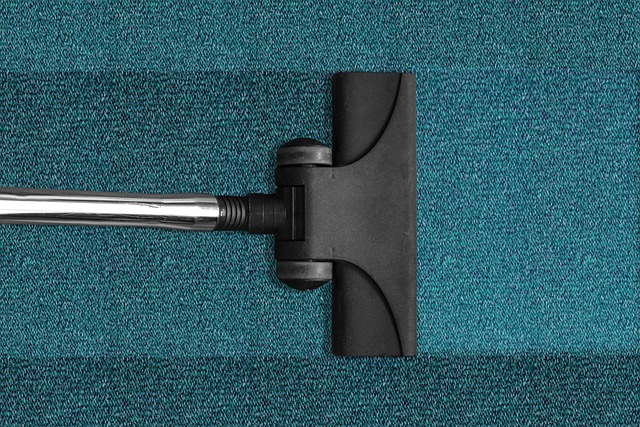Hiring Trends for Facility Maintenance Roles Around the World
Facility maintenance roles are shaped by changing public-health expectations, labor market dynamics, and wider adoption of digital tools. This article outlines global hiring trends for cleaning and upkeep, including recruitment and screening, training and certification, safety and equipment, shift models, and sanitation practices across diverse facilities.

Across regions, hiring approaches for facility maintenance roles are adapting to higher standards for sanitation, evolving workforce expectations, and new tools for managing tasks. Employers balance routine cleaning and preventive upkeep with documented hygiene practices and data-informed scheduling. Increasingly, recruitment emphasizes reliable screening and training pathways, while facility operators refine safety protocols and equipment inventories to support consistent sanitation across offices, educational settings, healthcare sites, and industrial facilities.
Recruitment and screening practices for cleaning teams
Recruiters use a mix of local services, staffing agencies, and digital platforms to source candidates, often highlighting specific maintenance and sanitation responsibilities in job descriptions. Screening focuses on background checks where required, verification of past experience with cleaning and upkeep, and basic competency assessments for safe equipment use. Clear role descriptions that detail expected shifts and safety expectations help align candidate and employer needs, reducing turnover and ensuring coverage across different facility types without referring to specific openings.
Training and certification expectations in different sectors
Training increasingly covers chemical handling, infection-control principles, equipment operation, and basic preventive maintenance. Employers may provide on-the-job modules, partner with vocational programs, or allow access to online certification courses that document competency in hygiene protocols. Sector-specific expectations vary: healthcare and food-related facilities usually require more formal proof of sanitation training, while commercial settings may prioritize practical experience and in-house training records to demonstrate compliance with local standards.
Wages, shifts, and scheduling trends affecting staffing
Shift models range from standard daytime routines to night or staggered shifts for deep cleaning and minimal disruption. Employers experiment with predictable scheduling, part-time options, and shift differentials to maintain coverage while addressing worker preferences. Discussions about compensation increasingly include predictable hours, benefits, and opportunities for skill development rather than focusing solely on base pay. Regional labor regulations and facility budgets shape arrangements, so practices vary across countries and sectors.
Safety protocols and equipment shaping maintenance work
Safety practices center on appropriate personal protective equipment, chemical safety data sheets, ergonomic procedures, and safe operation of motorized cleaning tools. Modern equipment such as low-moisture extractors, battery-powered scrubbers, and automated dispensers can change task timing and training needs. Facilities that standardize equipment inventories and schedule regular inspections help protect staff and extend asset life, supporting consistent sanitation outcomes while reducing the risk of workplace incidents.
Sanitation, hygiene, and environmental considerations
Hygiene strategies differ by context: healthcare and food-service environments use documented cleaning regimens and higher-frequency disinfecting, while offices and schools focus on routine touchpoint cleaning and ventilation. Monitoring tools like digital checklists and verification logs are increasingly used to demonstrate compliance. Some organizations prioritize environmentally responsible products and practices—such as low-toxicity cleaning agents and reduced-water methods—to meet sustainability goals while maintaining sanitation standards.
Managing maintenance, upkeep, and operational continuity
Facilities commonly mix in-house teams with contracted services to balance specialization and consistency. Preventive maintenance ties janitorial observations to wider upkeep needs: routine cleaning often identifies repair items that are escalated to maintenance staff. Cross-training for basic upkeep tasks improves responsiveness and reduces service gaps. Data-driven scheduling, inventory tracking, and periodic audits support predictable upkeep and help facilities adapt staffing to seasonal demands and shifting operational priorities.
Conclusion Hiring trends for facility maintenance roles reflect a convergence of public-health emphasis, skills-focused recruitment, structured training, and adoption of safer equipment and monitoring tools. Organizations that clarify screening expectations, invest in training and certification where appropriate, and standardize safety and scheduling practices can better maintain hygiene and operational continuity across diverse facilities. These trends continue to evolve with regulatory updates, technological advances, and changing workforce preferences.






